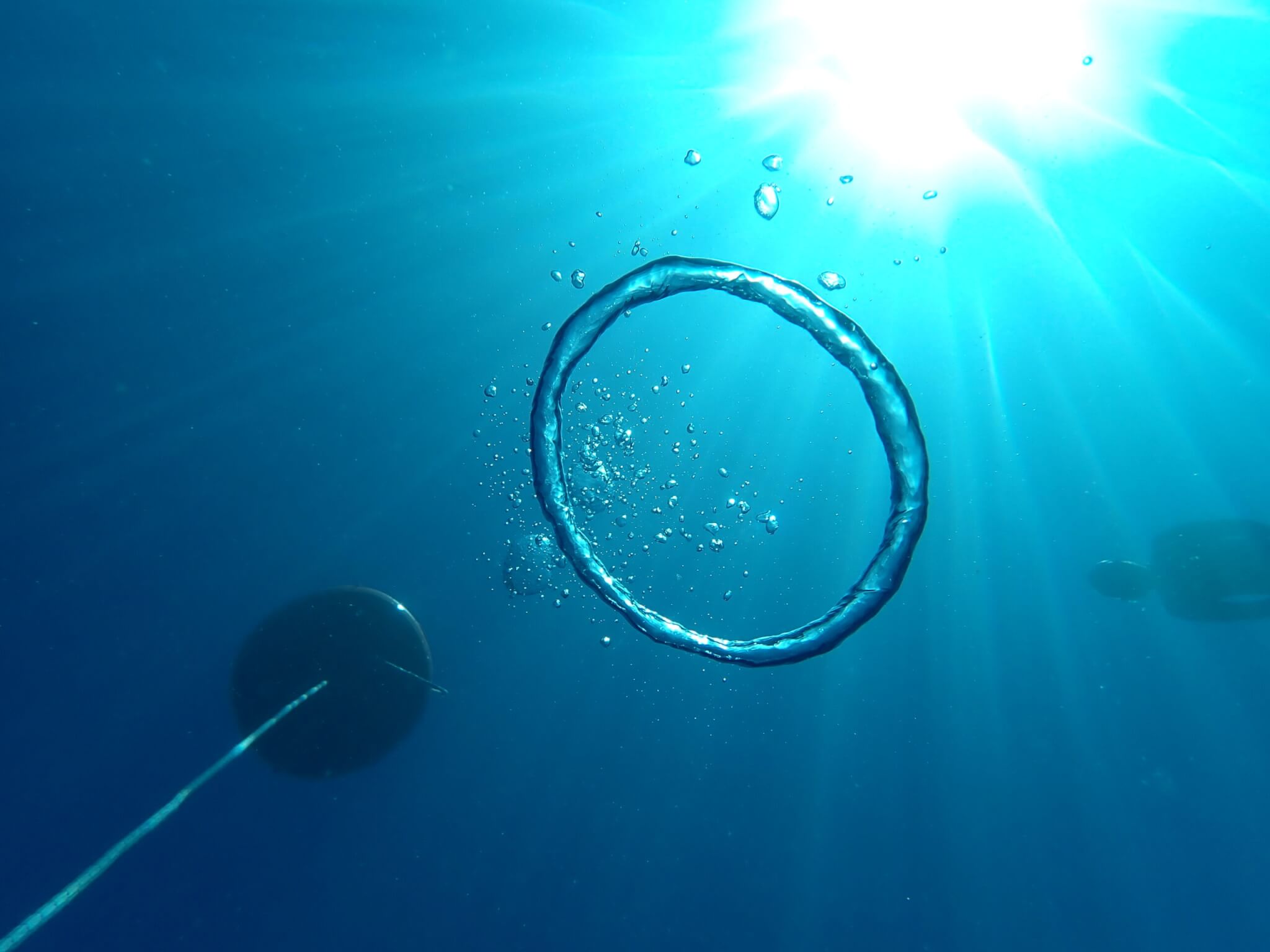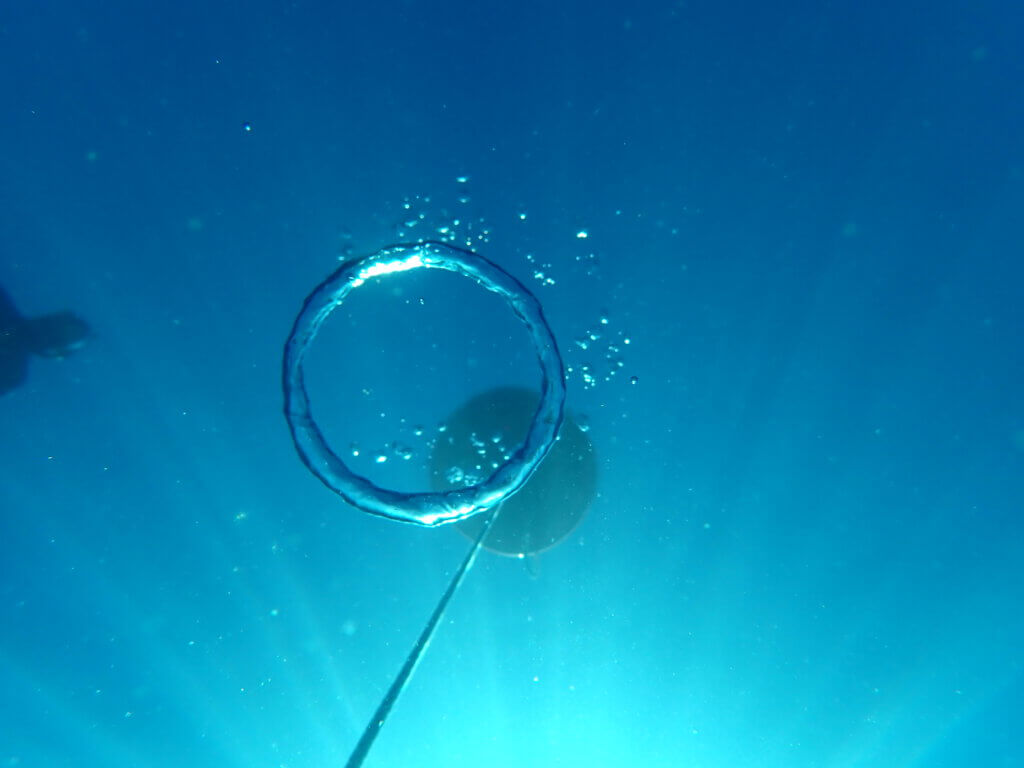
Stress, overwhelm, burnout and how to cope (maybe?)
This blog post contains the second part of the summary of the Hamann et al. (2025) book on “The Psychology of Collective Climate Action: Building Climate Courage” (summary of Part 1 here), but I want to start out with something I learned in Mel Robin’s podcast this morning, and that is the difference between “stress” and “overwhelm”, and how to deal with both.
In that podcast episode, there are four main points:
- Stress is not the same as overwhelm, and it is important to distinguish between both. Stress is pressure that is building, but overwhelm is that feeling of having hit a wall, of not knowing where to even start. Stress can be activating (for example right before a due date), overwhelm is when the body and mind shut down because it is all too much. For me, overwhelm often means going to sleep at 7 in the evening or not being able to get out of bed for days.
- The fist thing to do to cope is to breathe! They recommend cyclic breathing (two short breaths in, one long “flush” out) to signal to the body that it is ok, and to calm it down. I can confirm, that really helps!
- Next suggestion is to do a written brain dump, to write down everything that is on your mind; to-dos, what is stressing right now, everything. Interesting, writing down all the to-dos that did not get done during the day right before sleeping and then basically sleeping on that list lets you fall asleep 9 minute faster than just journaling about all the achievements of the day (and that is the effect size of sleep medication!). So dumping everything and freeing the brain from trying to make sure you don’t drop any balls is really helpful (and, I guess, you can start from that list the next day and sort it into what you really want to work on and how)
- Lastly, an almost counter-intuitive advice: Actively take on more challenges! Overwhelm comes from having too many challenges dumped at us (by work, or life, or whatever) relative to things we actively choose to do. By choosing to do something for yourselves, you “signal to yourself that there are still things that you do for yourself and your own sanity“.
This was really interesting, because 2-4 are all things I have done before, but never systematically. And of course, despite knowing for example that my daily dipping routine is super good for me when I actually keep it up, doing something like that for myself is the first thing that gets dropped when there are too many other things being dumped on me or my desk and I tell myself that I should rather be in the office really early to get a head start just today, but then it becomes every day that week, … So this was a really helpful reminder of what I kinda knew I should be doing!
But now on to the second part of the Hamann et al. (2025) “The Psychology of Collective Climate Action: Building Climate Courage” book. It is about how to prevent activist burnout, and comes with a lot of background on what burnout is, and that activist burnout is a real thing. “Activist burnout is a reason for dropping out that should not be underestimated. Dropping out is often not a deliberate decision. Rather, individuals may feel that their emotional and physical stress is forcing them to withdraw from their group“. I am reading this part of the book thinking mostly about my work situation (but of course mechanisms for burnout are likely the same, and I guess in some way, my work is also activism (really interesting article on the spectrum of activism, and about not leaving your values at the door of the lecture hall here). And generally, there is a lot of burnout in my line of work even without activism.
In any case, one consideration that I found really interesting is that burnout has a cascading effect: if one member falls, the workload on everybody else increases, and that’s the beginning of domino day… So one person burning out is not just terrible for them personally, but can affect many others, and even if it doesn’t, that one member is typically someone with a lot of experience in the organisation that they then take with them. (For good methods to make sure that one or more members dropping out doesn’t mean all the organisational know-how is gone, check out my summary of Wandercoaching’s excellent method collection)
But burnout, much like overwhelm as described above, is not just (and not even mostly) about workload. They describe “burnout as a mismatch between an individual and their group“. “The risk of activist burnout could increase when people have an extensive workload, feel very responsible and angry, generally have little hope, and perceive high participative efficacy. Traumatic experiences and excessive involvement in activist networks could also increase the likelihood of burnout.” And group norms can fuel burnout: Especially when there is a culture of martyrdom, or culture of competition and performance. Additionally, there are four types of problems identified in research that might lead to intragroup conflicts: trouble with social identification, interpersonal conflicts, discrimination, and lack of interpersonal support.
But there are ways to build resilient climate action groups (see the summary of part 1 on how to prevent at least some of those): “we can give members a sense of belonging, celebrate group successes, create fun moments, let emotions shine through, develop established procedures for handling conflict, reflect on cultures of martyrdom, competition, and performance, be kind to other groups within the climate movement, assess group resources, and make healthy engagement an active subject of discussion”
Additionally, there are individual-focused strategies for resilient collective climate action. For that, it is important to understand that we need to care for ourselves first: “[c]aring for myself is not self- indulgence, it is self-preservation, and that is an act of political warfare.”
Some suggestions for how to do that are to
- make time for recreation (mental distance!)
- reflect on the right balance of motivation (referring back to part 1 — maybe we need more belonging or less goal focus?)
- blow off activism steam
- increase feelings of overall efficacy — as long as that doesn’t mean that you feel that you have to do it all because only you can (and remember the tip above — it could be about something unrelated, like doing something nice for yourself every day!)
- say no, disseminate tasks, trust others (“individuals trusting in the competencies of fellow group members report experiencing less burnout“). This is difficult for me!
- maintain non-activist networks
- scale down, switch to a different type of action, or plan to leave
- consider therapy
And that’s it for my summary of this part! Again, 100% recommendation of checking out the real book!
Hamann, K., Junge, E., Blumenschein, P., Dasch, S., Wernke, A., & Bleh, J. (2025). The Psychology of Collective Climate Action: Building Climate Courage. Taylor & Francis. Free download here.
Featured image and the one below of one of the few bubble rings I did during my vacation!
